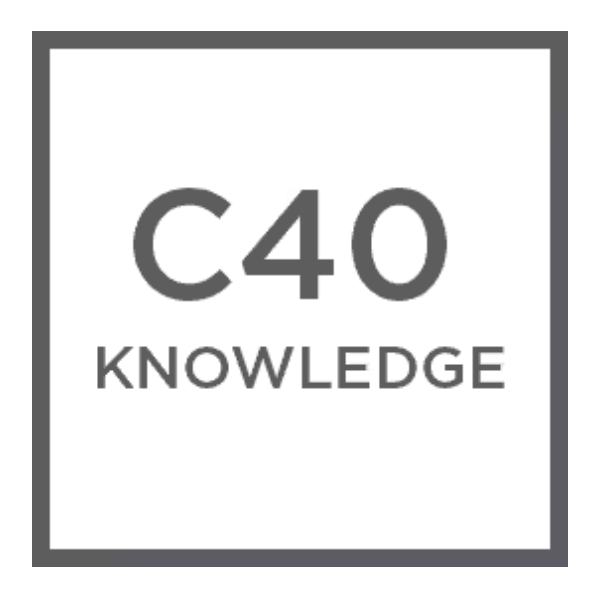Buildings are often one of the largest sources of greenhouse gas (GHG) emissions in cities. To achieve their climate goals, cities must transition fossil fuels out of their buildings. This will require retrofitting existing buildings with high-efficiency all-electric equipment – which can be powered by clean electricity – and ending the use of fossil fuels in new buildings.
Cities in the United States can unlock unprecedented federal funding from the Inflation Reduction Act (IRA) and Infrastructure Investment and Jobs Act (IIJA) to spur upgrades for low- and moderate-income (LMI) households. Through collaboration, cities and communities can co-create building retrofit programs. Having frontline communities play an active role in shaping local building decarbonization programs ensures the needs and priorities of these communities are centered and addressed. Engaging LMI homeowners, renters, landlords, and contractors will help deliver a host of benefits for communities.
This report showcases how cities in the US can implement building decarbonization policies and programs in an equitable manner while also incorporating a broader set of community priorities and needs in the development, delivery, and outcomes of the program. The paper also presents case study examples from both cities in the United States that have implemented community driven buildings retrofit programs and highlights learnings from their programs for other cities. A summary of each of the four city case studies is included below, with more detail in each respective case study report.
More About this Resource
Publisher: C40 Knowledge Hub
Date: April 15, 2024
Type: Guide
Tags: Retrofit
Countries: None
States: National

